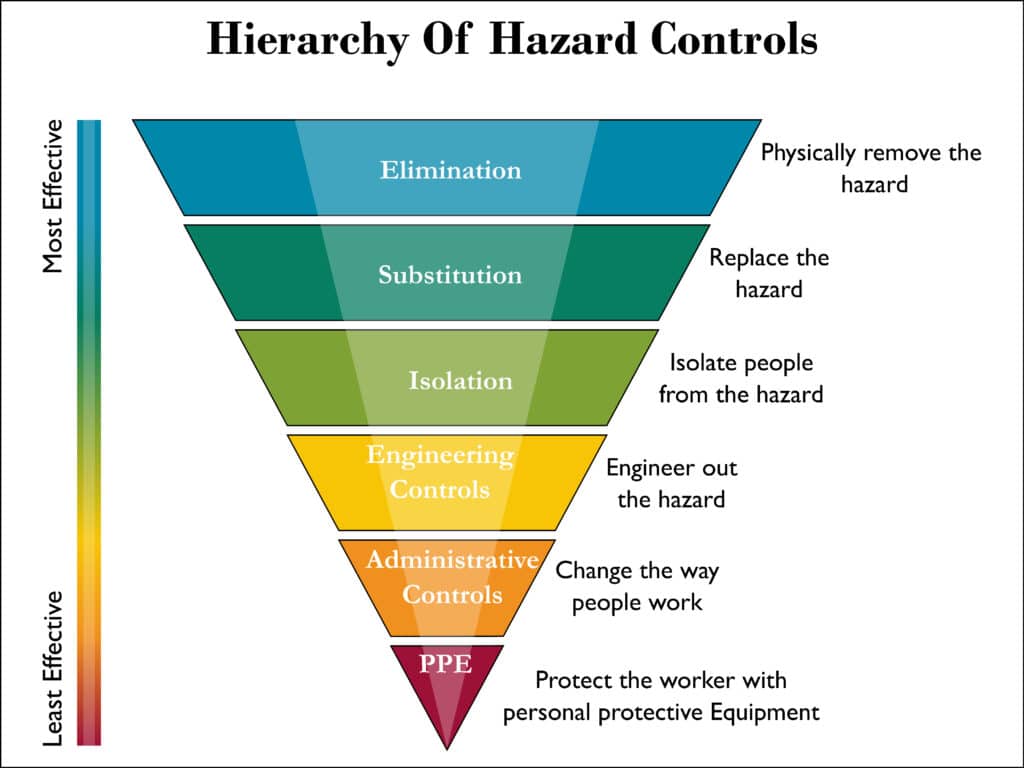In 2024, 1.7 million individuals suffered from a work-related illness. Of these, 500,000 experienced a work-related musculoskeletal disorder (WMSD). Additionally, 600,000 workers sustained an injury at work. This resulted in 33.7 million lost work days due to a work-related illness or injury.
In 2023, work-related musculoskeletal disorders cost 380.9 billion (National Institute of Health). WMSDs are the second cause of disability worldwide (Gallagher, S and Schall, MC 2016). The number one work-related injury is overexertion, which accounted for over one million worker days away from work, restricted work duties, or workers transferred to a different position in 2022 (OSHA 2023).
WMSDs are the second-greatest cause of disability globally (Gallagher, S and Schall, MC 2016). Musculoskeletal disorders significantly impair workers' quality of life, especially in the healthcare sector. These conditions are also associated with high costs for employers, such as absenteeism, lost productivity, and increased costs for healthcare, disability, and workers' compensation.
Additionally, workplace stress is on the rise. More than 9 in 10 workers, or 94% of workers, reported chronic stress at work in 2022 (The American Stress Institute of Stress, 2022). Workplace stress affects 54% of women and 47% of men (Gallup, Inc., 2022).
Stress affects younger workers, age 40 and below, the most at 58% (Gallup, Inc. 2022). Furthermore, workplace stress that impacts the mental well-being of workers was reported by 99% of workers in 2021 (The Faas Foundation, 2021). A reduction in workplace stress can increase sales by 37%, productivity by 31%, and task accuracy by 19% (Achor, S., Harvard Business Review, 2014).
The Hierarchy of Controls
The hierarchy of controls is a strategy designed to determine how to implement effective workplace hazard control solutions. Essentially, it is an ordered list of control categories that you can use to identify and rank potential hazard safeguards. The hierarchy of controls is widely endorsed by the Occupational Safety and Health Administration (OSHA), National Institute for Occupational Safety and Health (NIOSH), and National Safety Council (NSC).
The hierarchy of controls is a strategy designed to determine effective workplace hazard control solutions. It is essentially an ordered list of control categories used to identify and rank potential hazard safeguards.
This hierarchy is widely endorsed by the Occupational Safety and Health Administration (OSHA), National Institute for Occupational Safety and Health (NIOSH), and National Safety Council (NSC).

The hierarchy of controls consists of 5 levels depicted as an inverted pyramid. The categories are listed from top to bottom in order of effectiveness.
Elimination is the first level in blue and is considered the most effective way to control a hazard. It consists of eliminating the hazard altogether, preventing the hazard from causing any harm or injury from happening. An example is the elimination of the hazard’s root cause or the root cause of the worker’s physical and mental stress.
Substitution is the second level in green and is the second most effective way to control a hazard. It involves replacing the occupational hazard with something that has no risk or less risk of harming workers. For example, unsafe work practices can be replaced with safer work practices, harmful chemical processes can be replaced with less harmful processes, and healthier food choices can be added for employees.
Engineering Controls are the third level in yellow, involving isolating a hazard or changing how a task is performed to reduce or eliminate the hazard. This may mean adding a safety measure to make work easier or safer. For example, engineering controls can eliminate lifting, carrying, squatting, overhead tasks, or bending forward from the waist to perform specific tasks.
Administrative Controls are the fourth level in orange. They involve changing work practices. Examples include making changes to operational procedures, work schedules, and adding warning signage in the workplace.
Personal Protective Equipment is the fifth level in red and is considered the least effective method of control against hazards. This level involves using items such as gloves, safety hats, hearing protection, and safety glasses. It is used most often when the other methods of hazard control are not possible or do not completely address the hazard.
The Hierarchy of Controls in Action
The hierarchy of controls can be used to reduce the development of musculoskeletal disorders by redesigning equipment and work practices that require workers to adopt awkward postures. This includes minimizing repetitive motions, especially those performed in awkward positions.
Ergonomic assessments help identify risks related to how work is performed. The assessment data can implement changes in the work process, design, and employee interactions necessary to reduce or eliminate identified hazards. Providing ergonomic and total worker health education enables workers to identify hazards in the workplace and collaborate with management to mitigate these hazards. Assessment data can also develop pre-shift warm-up dynamic exercise programs and micro-break postural correction exercise programs.
The hierarchy of controls can reduce work-related stress by identifying root causes of mental stress. Causes can include a lack of control over work performance, scheduling, job rotation, or poor working conditions. Providing training for supervisors on identifying and reducing these risks is critical. Resources for stress management and self-management tools can be invaluable.
DORN offers professional ergonomist assessments that are based, in part, on the hierarchy of controls. The assessment identifies any ergonomic risks that may be present. The risks are ranked based on the level of the risk score from highest to lowest. The results are then presented with short-term and long-term mitigation solutions to reduce or eliminate the risk. These risks and solutions are compiled in a spreadsheet format that provides the reader with an estimated risk reduction score should the interventions be implemented. The recommendation can include administrative solutions, behavioral solutions, or engineering solutions. In many cases, the recommendations include a combination of these solutions.
DORN can provide organizations with goal-specific ergonomics assessments that focus on specific types of solutions, such as administrative, behavioral, or engineering solutions, alone if desired. The most effective intervention strategies to reduce or eliminate risk factors for the development of an MSD are usually a combination of solutions.
DORN has many different tools available to assist organizations in the reduction or elimination of their ergonomic hazards. This tool also includes an employee self-help portal inspired by NIOSH’s (National Institute of Health) Total Work Health Program®. This program initiative is designed to focus on ensuring that work environments are safe and promote workers’ health and well-being.
For more information about the use of the hierarchy of controls and other programs that DORN offers to assist in preventing injuries in the workplace, contact DORN.


